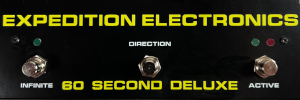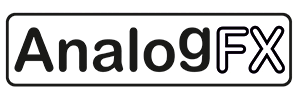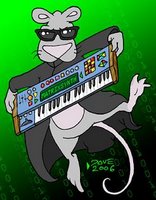
Thursday, November 20, 2014
An Interview with Andrew Rudin on Astronauta Pinguim
Read the full interview on Astronauta Pinguim
"In 1967 Nonesuch Records, a record company specialized in releasing inexpensive classical music records, became interested in having electronic music in their catalogue. First, they released Morton Subotnick's 'Silver Apples of the Moon,' Kenneth Gaburo's 'Music For Voices, Instruments & Electronic Sounds,' and Beaver & Krause's 'The Nonesuch Guide to Electronic Music,' and then, via a recommendation from Robert Moog, Nonesuch became aware of Andrew Rudin's electronic works and commissioned a full-LP composition. In 1968 'Tragoedia - A Composition in Four Movements for Electronic Music Synthesizer,' a piece composed between October 1967 and April 1968 was released, using instruments designed by Robert Moog. Some excerpts from 'Tragoedia' were used by Italian director Frederico Fellini in his 1969 film 'Satyricon.' Andrew Rudin realized a second work for film and synthesized sounds, 'Paideia,' and continued to compose for ensembles and dance companies."
Doepfer A116 VC Waveform Processor Basic Features
Published on Nov 20, 2014 Raul's World of Synths
"A short introduction to the features of the Doepfer A116 Voltage Controlled Waveform Processor. A short demonstration with audio is included. Video one of three.Sound and Video by Raul Pena."
All parts:
Moog Modular System 55
Published on Nov 20, 2014 AudioCentralMagazine
"The mighty Moog Modular System 55 at Conservatorio di Musica Santa Cecilia in Rome was purchased under request of Maestro Franco Evangelisti (from "Gruppo d'Improvvisazione Nuova Consonanza"); it was seldom used by Riccardo Bianchini in the Eighties and Giorgio Nottoli in the Nineties. Now, is it used for teaching the basic concepts of modular synthesis in the analog realm and for quick comparison with several virtual synthesizer, topics of study in my class of "Virtual Synthesis" at Biennio/Triennio of Composizione Applicata. This mighty machine, today (November, 20th, 2014) was moved in a new room, turned on again after the Summer, amplified with a vintage Pioneer Amp and a couple of big Tannoy Arden 15". This machine roars; this machine has a soul; this machine is probably one of the best synths in the word. Audio, sadly, straight from the small camera (with a lot of clacking from keyboard bushing and a lot of musical noise from the Conservatorio's classrooms; camera is shaking and rattling when the floor is shaking and rattling under the power of the dual Tannoy system. :-)"
Chase Bit 99
Note: Auction links are affiliate links for which the site may be compensated.
via this auction
Crumar Bit 99 rebadged as a Chase 99. I don't believe I've ever seen or featured one of these on MATRIXSYNTH before. There's one reference in this synth interview with 808 state's Graham Massey, and another post featuring vintage Chase catalogs here, and that's it. Interesting bit of synth history you do not see often.
via this auction
Crumar Bit 99 rebadged as a Chase 99. I don't believe I've ever seen or featured one of these on MATRIXSYNTH before. There's one reference in this synth interview with 808 state's Graham Massey, and another post featuring vintage Chase catalogs here, and that's it. Interesting bit of synth history you do not see often.
Blue Lantern Dwarf Star
Note: Auction links are affiliate links for which the site may be compensated.
via this auction
 "The Dwarf Star is a Semi-Modular Synthesizer with fully analog signal path.
"The Dwarf Star is a Semi-Modular Synthesizer with fully analog signal path.
The system features two triangle core VCOs, a 12dB analog filter, two linear-based envelope generators, twin VCAs (stereo output), 2 LFOs (1 VCLFO & 1 Skew LFO), Sample and Hold, a VC Noise Generator, a Mixer and a stereo "vintage sounding" delay!
The triangle core VCOs use a discrete transistor array for triangle generation. The Bergfotron Advanced VCO was the initial influence in the making of these VCOs.
You get a superior quad VCA based analog filter. This particular filter is mixable, meaning there are outputs for lowpass, band pass, high pass, notch, and all pass. You are able to select which capacitors (470pf and 120pf) are used.
The filter also features a diode limiter for controlling extreme settings. This is a unique feature you will not see on any other desktop synth., The mixer section and filter go hand in hand. The mixer section will saturate the filter if the level knobs are close to fully clockwise. So, you get an extreme and soft sound palette.
 The mixer section does not require any patching. All basic waves are available. VCO 1 generates two sub-harmonic pulse frequencies. This is a unique feature and provides a very fat sound!
The mixer section does not require any patching. All basic waves are available. VCO 1 generates two sub-harmonic pulse frequencies. This is a unique feature and provides a very fat sound!
The PPL VC Noise Generator's large metal knob allows you to sweep from asteroids (like the Defender arcade game blast FX) to white noise. This is another unique feature.
The two linear-based Envelope generators are analog and have individual loop LFOs. There is a timing capacitor switch to allow for short or long envelopes. One envelope is hard-wired to the filter and the other to the twin VCAs.
The twin VCAs give you a stereo output. Each CVA gate knob is individually controllable. There is a 3.5mm jack to patch up a rotor stereo effect. The output on the VCA section also contains a synth level to line level converter.
The VCLFO has a triangle core. The CV section has exponential CV and a special linear CV section. The linear CV section allows for arpeggio like crescendos when patches with another LFO.
The Skew LFO does not voltage control and is basic. It is similar to the MS-20 LFO in design. It has a triangle shaper with output, and pulse width output.
The Sample and Hold uses the Skew LFO for the clock. You need to patch something to the input jack and patch the output jack to a destination. This is a "free floating" section.
The Stereo 'Vintage Sounding' Delay uses twin PT2399 chips to simulate BBD chips. It makes cool delay trails and each control features CV Inputs.
via this auction
 "The Dwarf Star is a Semi-Modular Synthesizer with fully analog signal path.
"The Dwarf Star is a Semi-Modular Synthesizer with fully analog signal path.The system features two triangle core VCOs, a 12dB analog filter, two linear-based envelope generators, twin VCAs (stereo output), 2 LFOs (1 VCLFO & 1 Skew LFO), Sample and Hold, a VC Noise Generator, a Mixer and a stereo "vintage sounding" delay!
The triangle core VCOs use a discrete transistor array for triangle generation. The Bergfotron Advanced VCO was the initial influence in the making of these VCOs.
You get a superior quad VCA based analog filter. This particular filter is mixable, meaning there are outputs for lowpass, band pass, high pass, notch, and all pass. You are able to select which capacitors (470pf and 120pf) are used.
The filter also features a diode limiter for controlling extreme settings. This is a unique feature you will not see on any other desktop synth., The mixer section and filter go hand in hand. The mixer section will saturate the filter if the level knobs are close to fully clockwise. So, you get an extreme and soft sound palette.
 The mixer section does not require any patching. All basic waves are available. VCO 1 generates two sub-harmonic pulse frequencies. This is a unique feature and provides a very fat sound!
The mixer section does not require any patching. All basic waves are available. VCO 1 generates two sub-harmonic pulse frequencies. This is a unique feature and provides a very fat sound!The PPL VC Noise Generator's large metal knob allows you to sweep from asteroids (like the Defender arcade game blast FX) to white noise. This is another unique feature.
The two linear-based Envelope generators are analog and have individual loop LFOs. There is a timing capacitor switch to allow for short or long envelopes. One envelope is hard-wired to the filter and the other to the twin VCAs.
The twin VCAs give you a stereo output. Each CVA gate knob is individually controllable. There is a 3.5mm jack to patch up a rotor stereo effect. The output on the VCA section also contains a synth level to line level converter.
The VCLFO has a triangle core. The CV section has exponential CV and a special linear CV section. The linear CV section allows for arpeggio like crescendos when patches with another LFO.
The Skew LFO does not voltage control and is basic. It is similar to the MS-20 LFO in design. It has a triangle shaper with output, and pulse width output.
The Sample and Hold uses the Skew LFO for the clock. You need to patch something to the input jack and patch the output jack to a destination. This is a "free floating" section.
The Stereo 'Vintage Sounding' Delay uses twin PT2399 chips to simulate BBD chips. It makes cool delay trails and each control features CV Inputs.
Sequential Circuits Split-8 Analog Synthesizer
Moog Source Synthesiser Synthesizer with Arpeggiator & Sequencer
Note: Auction links are affiliate links for which the site may be compensated.
via this auction
"Over 1 million sounds are theoretically available. The synth is monophonic and comes with cassette interface (showing its age), sequencer and arpeggiator all built in, unlike most other Moogs or other synths of the time."
via this auction
"Over 1 million sounds are theoretically available. The synth is monophonic and comes with cassette interface (showing its age), sequencer and arpeggiator all built in, unlike most other Moogs or other synths of the time."
Xils-lab PolyKB II Analog Morphing Synthesizer Plugin Review - SoundsAndGear.com
Published on Nov 20, 2014 SoundsAndGear.com
"http://SoundsAndGear.com: Checking out PolyKB II from Xils-lab, it's a plugin based on the vintage olyKobol analog synth from RSF syntheszers. It has a classic interface with morphable oscillators and a bunch of other modulation options. Most importantly, it has a very warm and vintage tone to it, I was definitely sleeping on this one. Excuse the extra blank space at the end of the video, forgot to remove it lol."
QU BIT NEBULAE // VOWELS plug in // FURTHRRRR GENERATOR // NAGRA III
Published on Nov 20, 2014 LESINDES
"QU BIT NEBULAE features a couple of software plug ins that may be loaded into the machine. such as analog synth voice and also an FM module which was the 1st one I tried to load in my nebulae but I failed -- the code seems to be buggy and the machine crashed. 2nd try was successful: Vowels which is a nice vowel generator with a lot of tweaking possibilities!!"
Tripping through space on a comet's back (an hymn to Philae) - Analog modular synthesizer
Published on Nov 20, 2014 GruithuisenCityMan
"Tripping through space on a comet's back (an hymn to Philae) - Analog modular synthesizer
Hello ! My name is Frederic Gerchambeau. I have made this movie and this music. The music has been made using an analog modular synthesizer including an A-115, A-160, a Maths, two A-106-6, two Bubblesound VCOb and an Audio Damage Dub jr.
Enjoy !"
PREVIOUS PAGE
NEXT PAGE
HOME
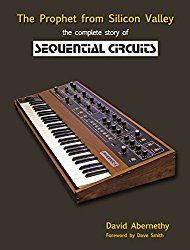
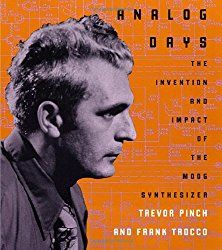
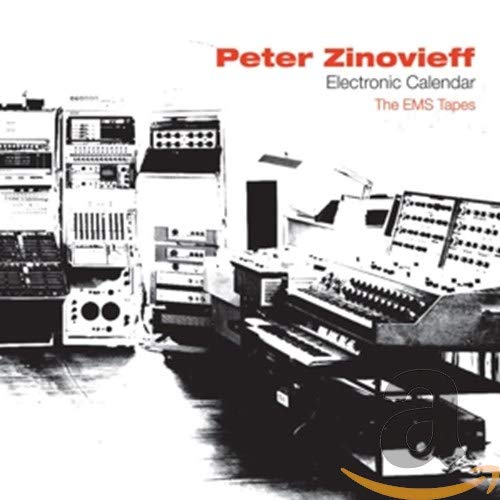
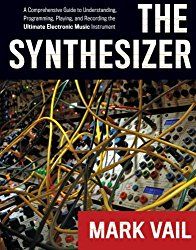
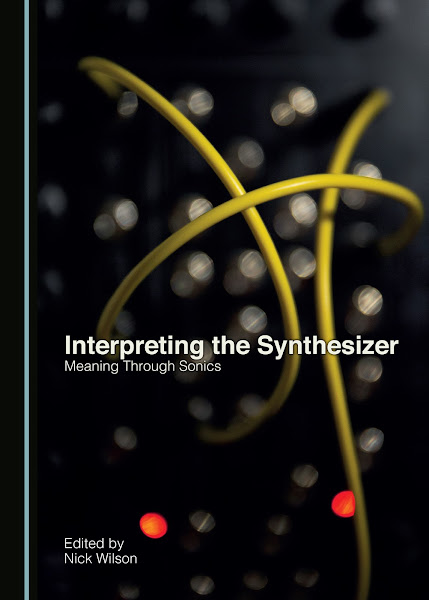
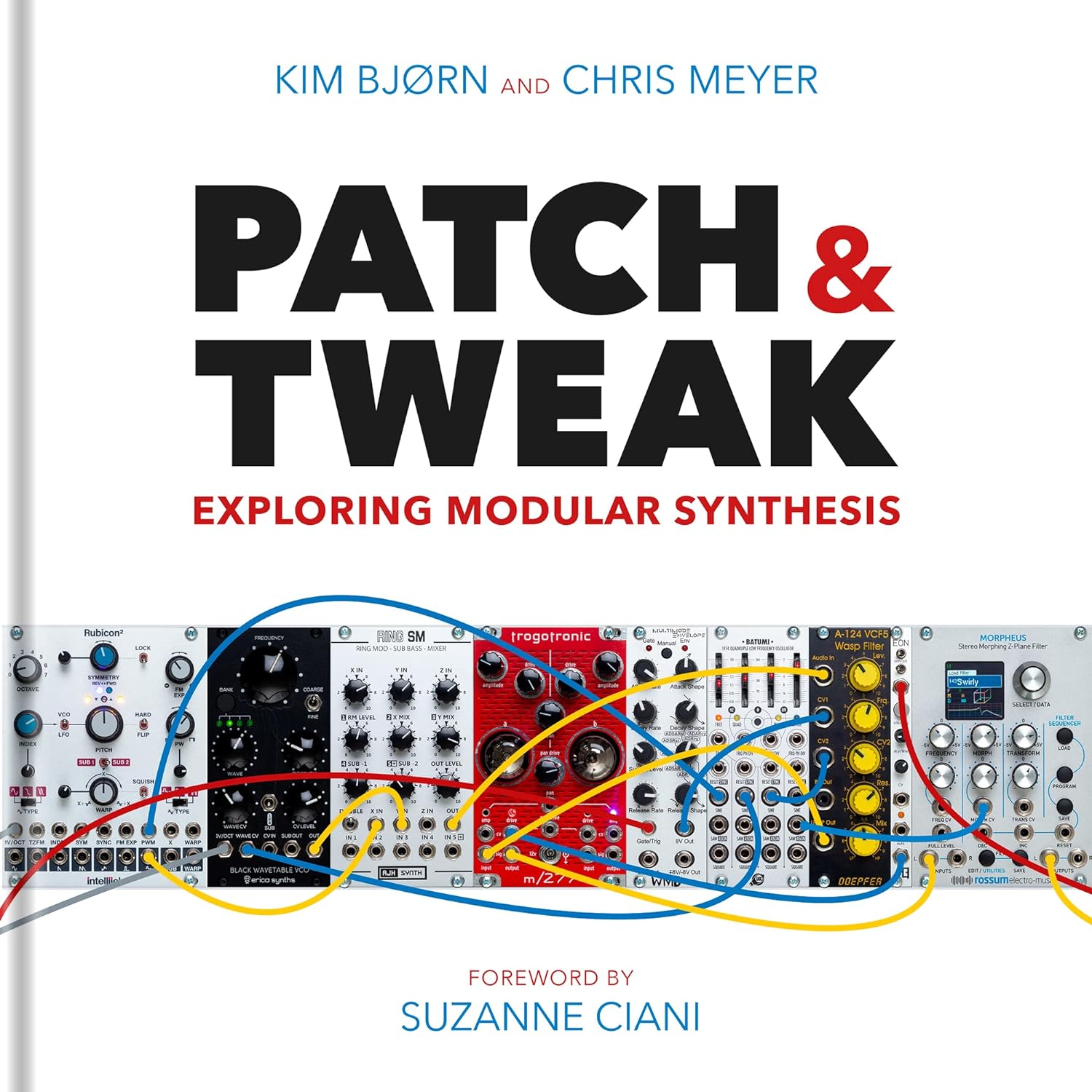
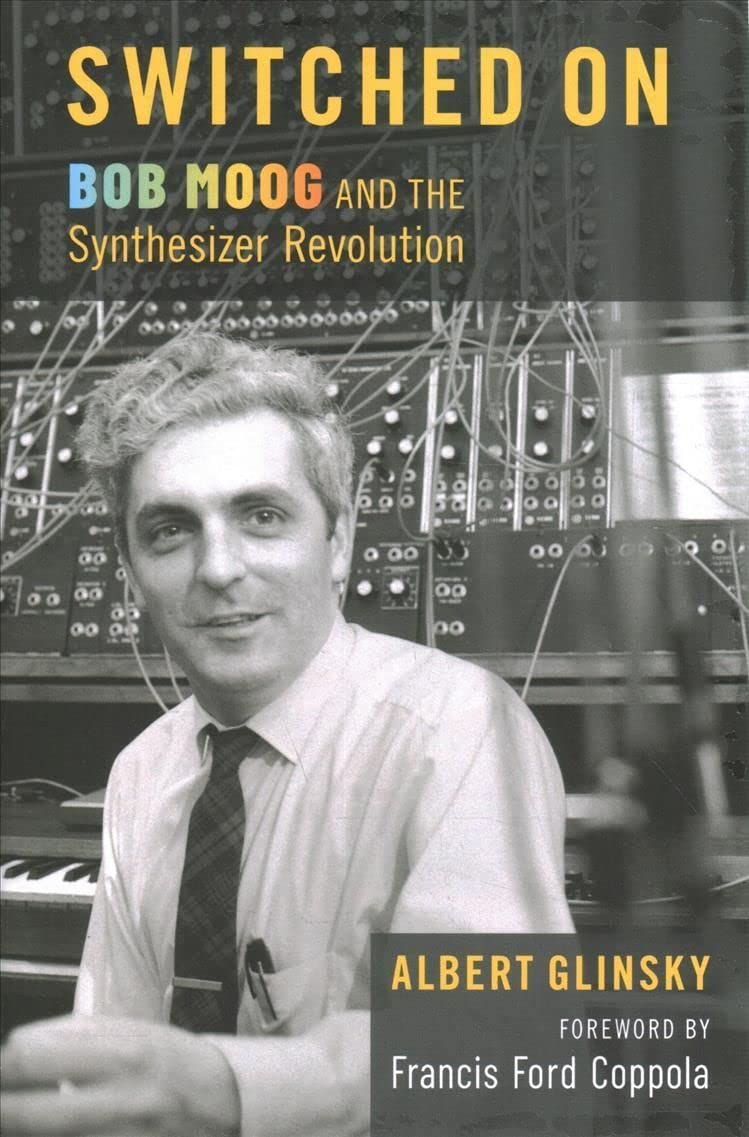
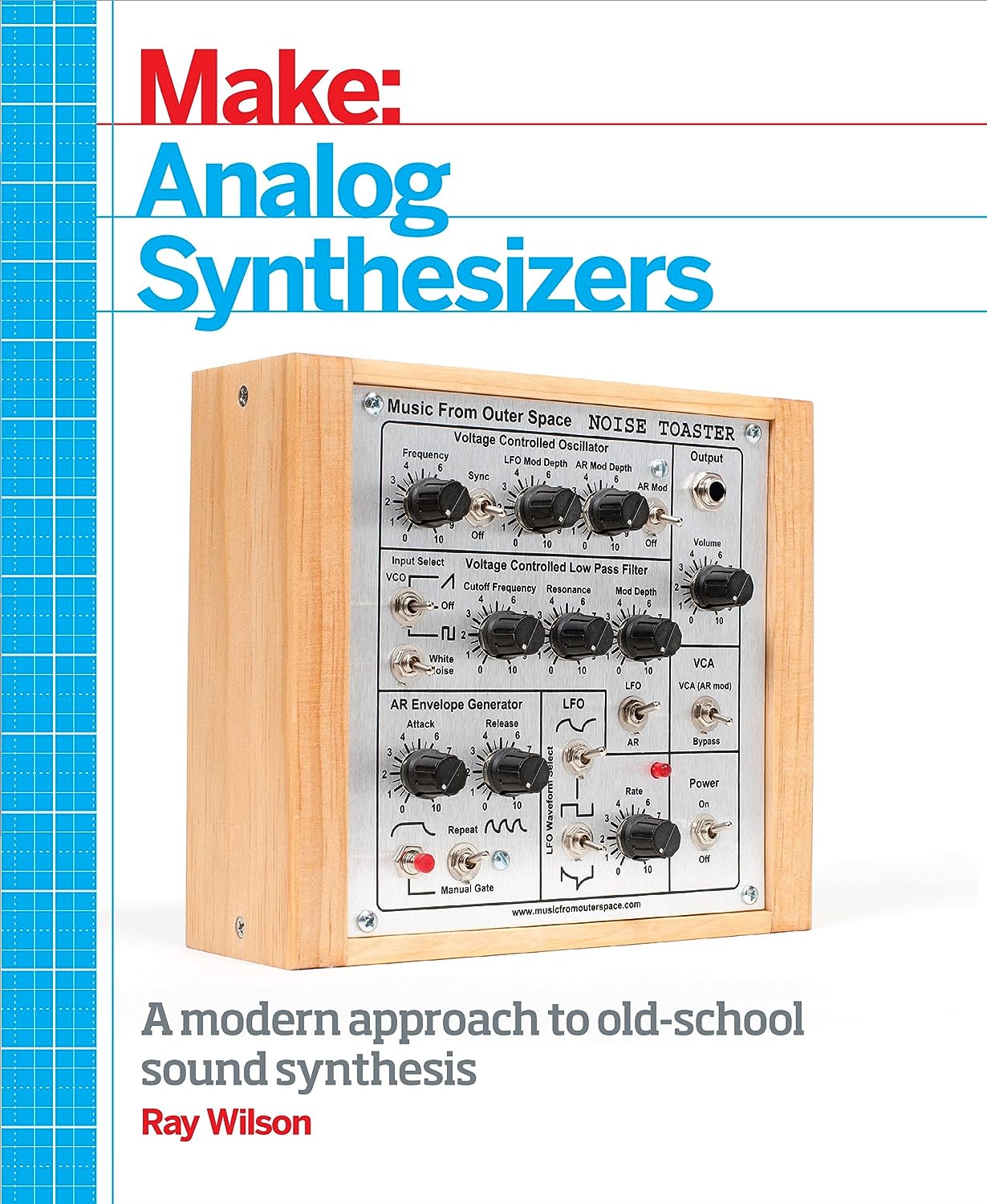
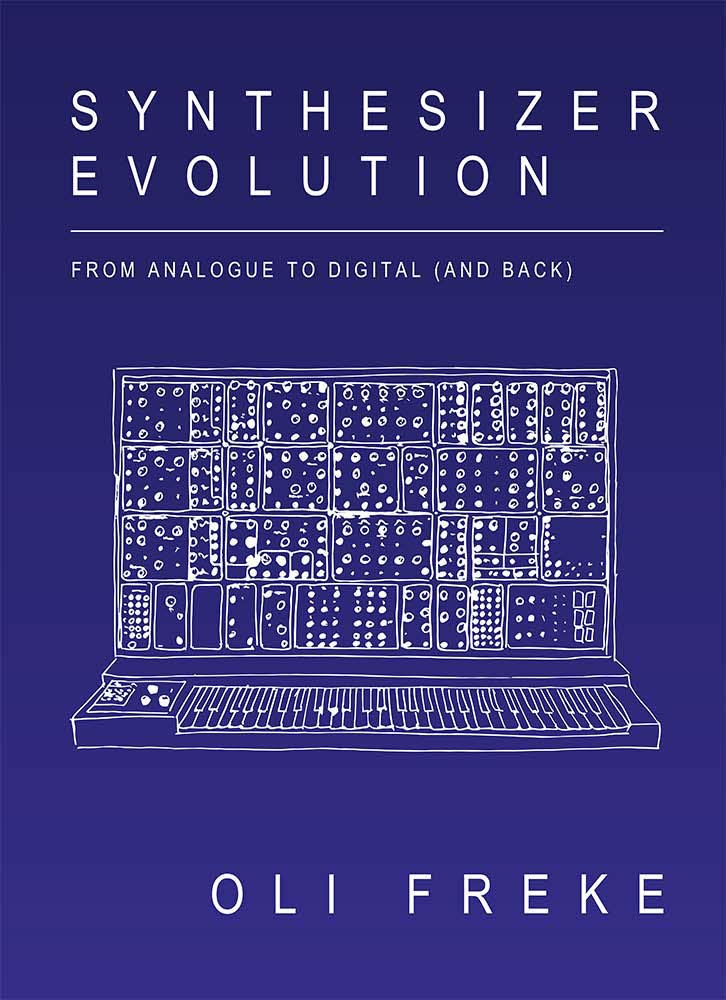
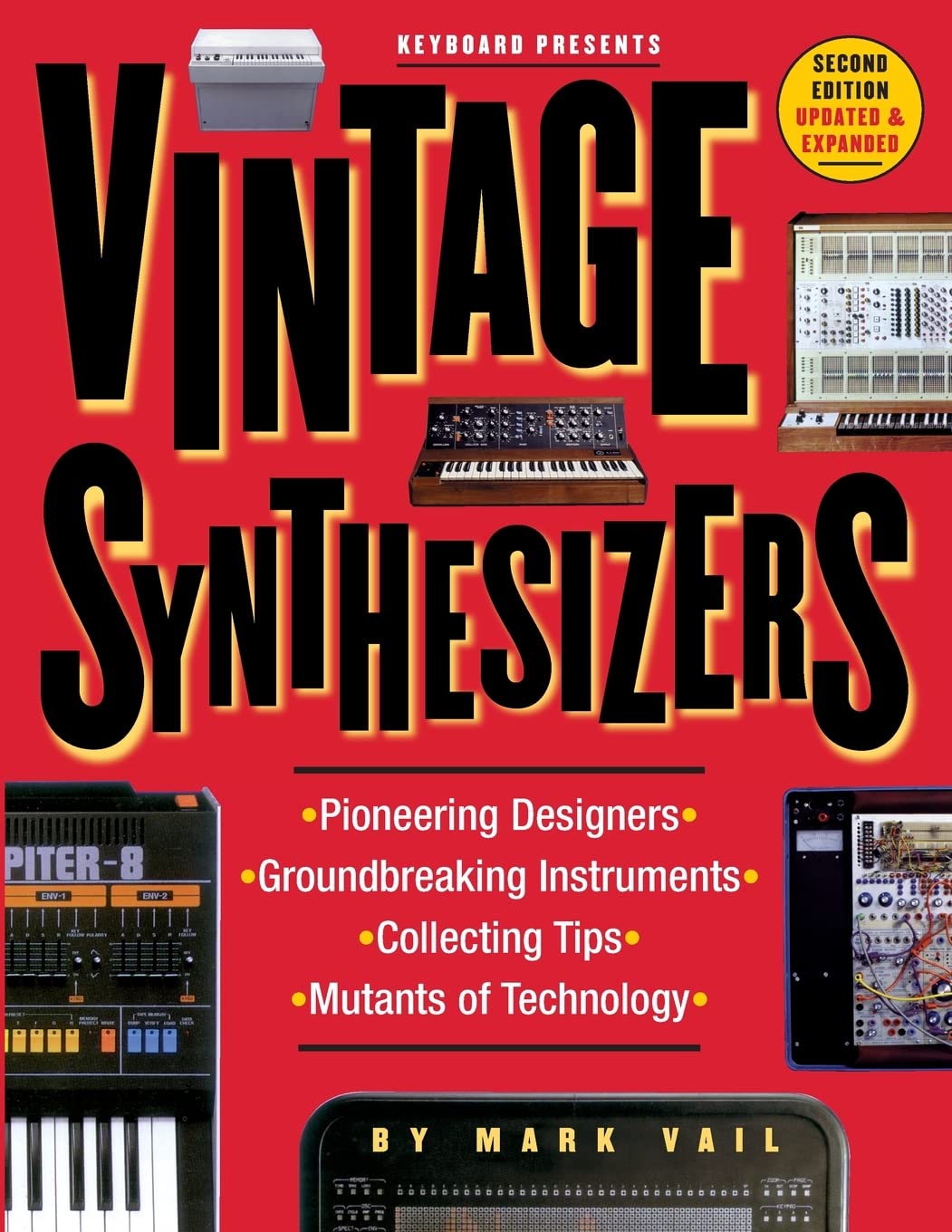
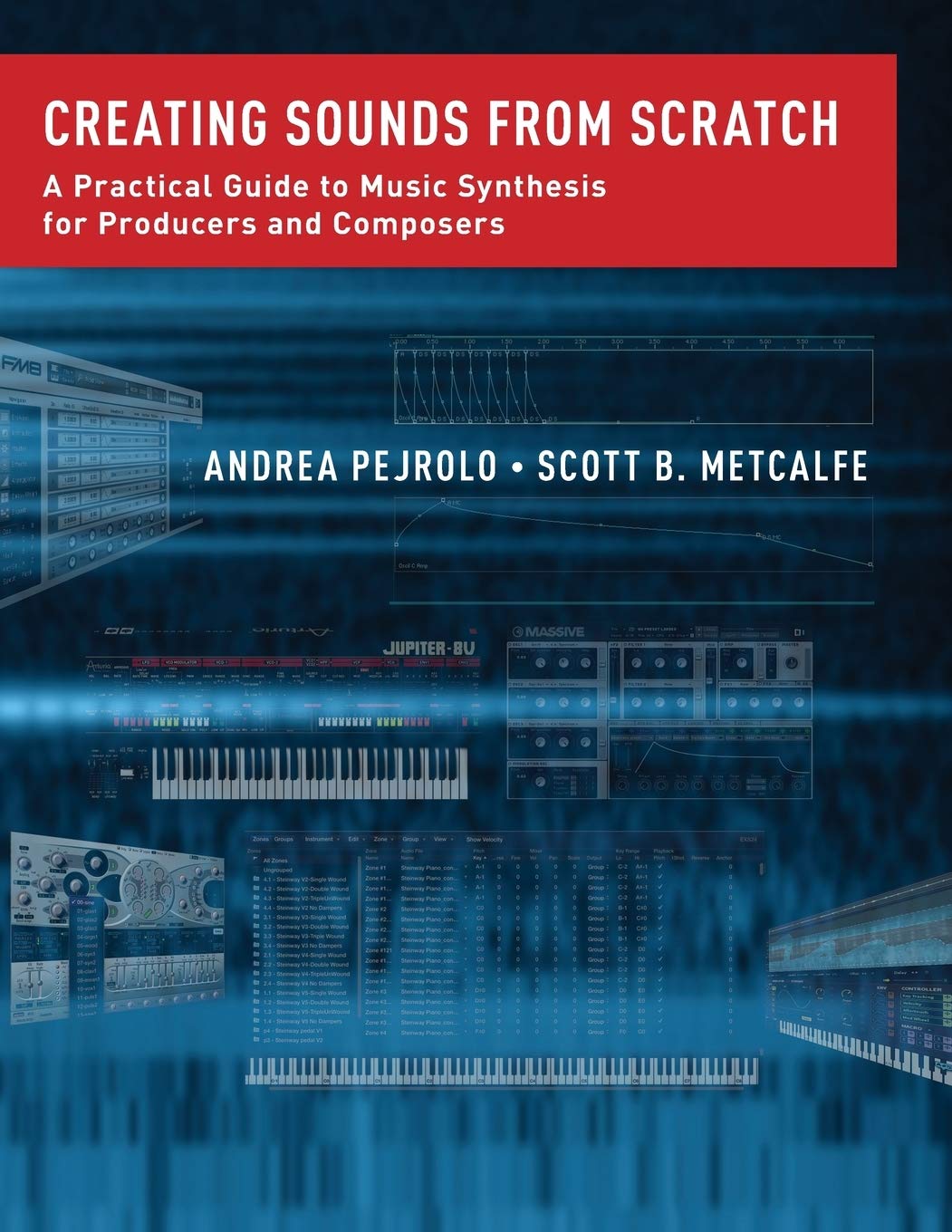
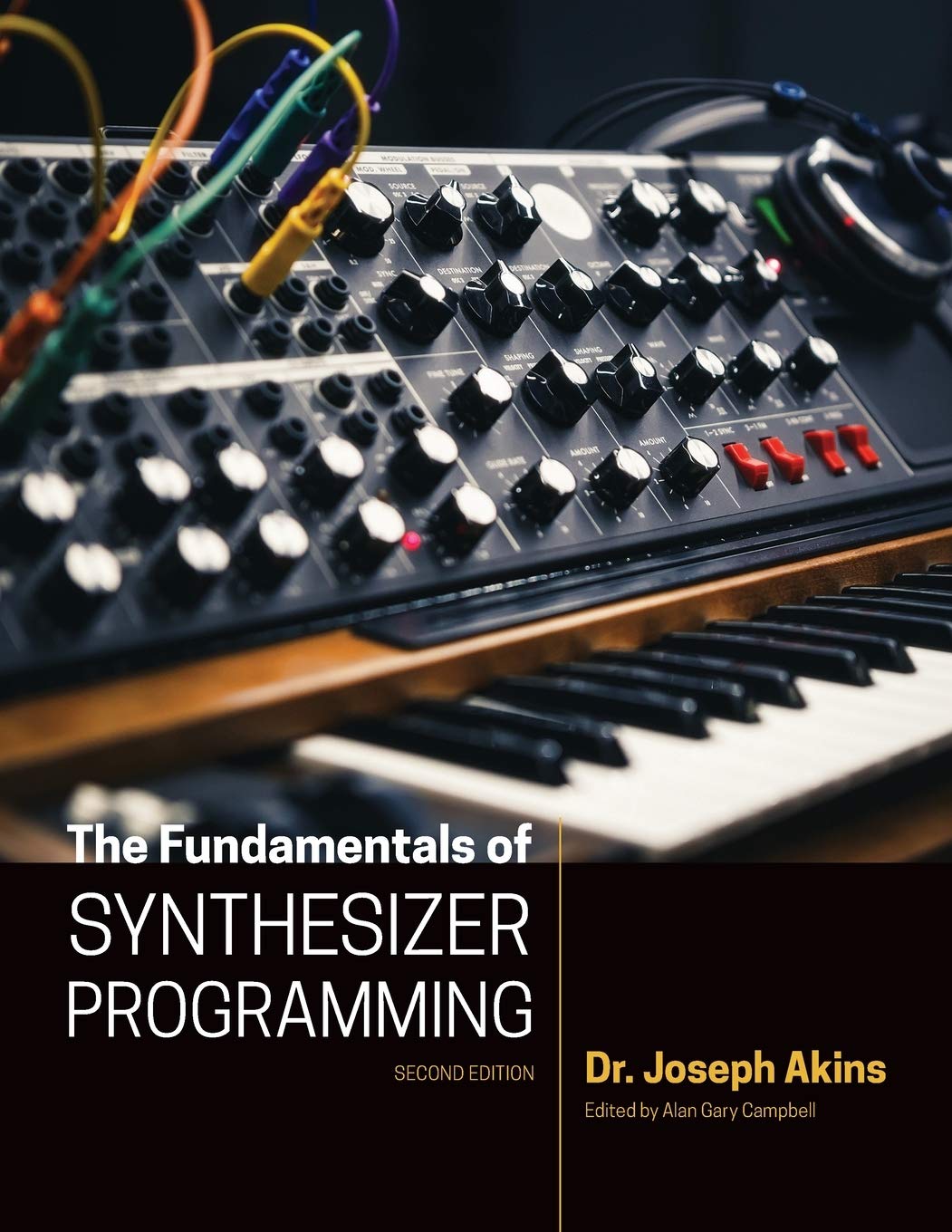
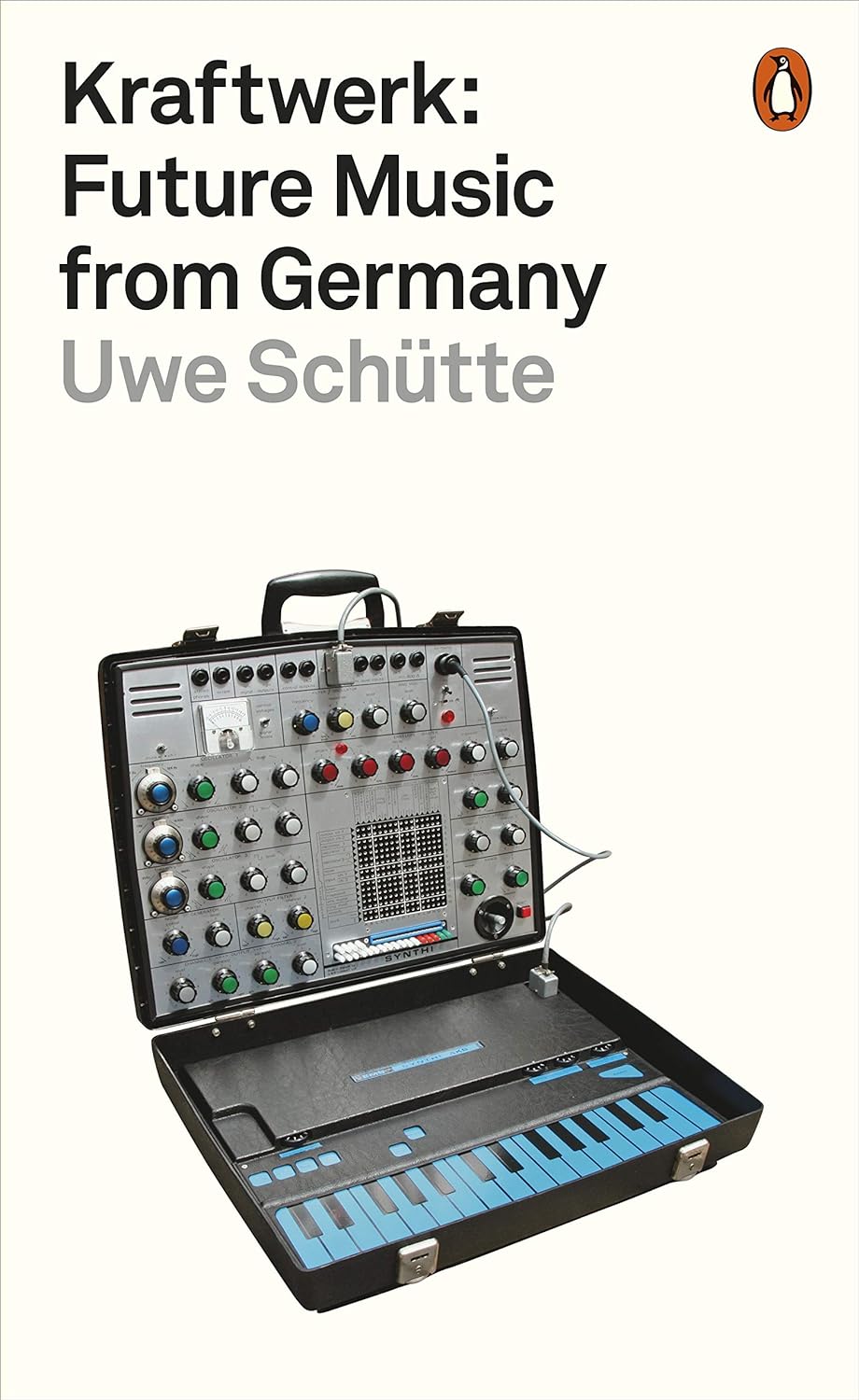
© Matrixsynth - All posts are presented here for informative, historical and educative purposes as applicable within fair use.
MATRIXSYNTH is supported by affiliate links that use cookies to track clickthroughs and sales. See the privacy policy for details.
MATRIXSYNTH - EVERYTHING SYNTH













© Matrixsynth - All posts are presented here for informative, historical and educative purposes as applicable within fair use.
MATRIXSYNTH is supported by affiliate links that use cookies to track clickthroughs and sales. See the privacy policy for details.
MATRIXSYNTH - EVERYTHING SYNTH





















